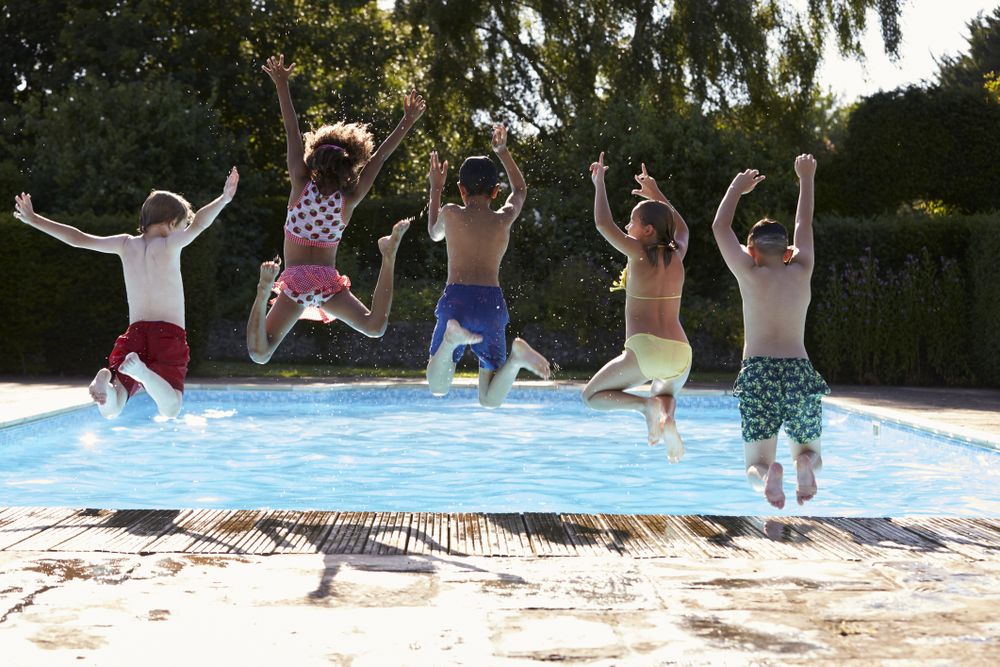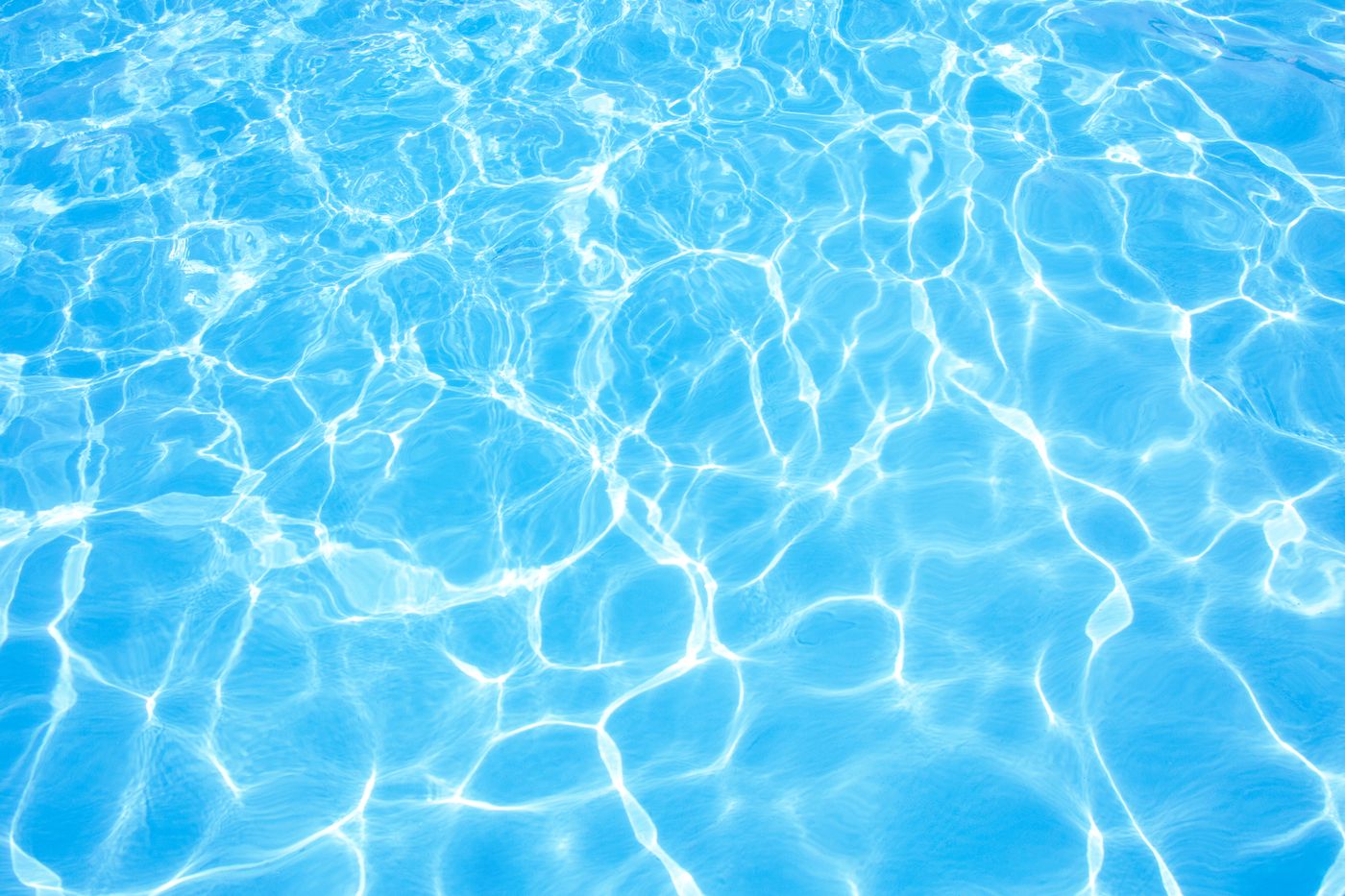Pool

Swimming pools need not be wasteful!
- Choose a Smart Drop Certified pool cover to become more efficient with your water and energy.
- Reduce the amount of backwashing you do to save water and maintain the effectiveness of your pool filters.
- Monitor the temperature you set for your pool - turn the heat down during the warmer months
- Use a timer on your pool that can also be programed to run at different times during different times of year
Always use a pool cover
- Pool covers reduce evaporation.
- Pool covers reduce expensive chemical and salt evaporation.
- A good pool cover conserves water temperature and as a result save on energy bills and greenhouse gas.
- Covers help reduce algae growth which in turn means less scrubbing and chemicals.
- You can even increase your pools temperature without increasing energy costs.
- Save time and energy cleaning the pool. Covers keep water cleaner as they serve as a barrier to debris, leaves and yard litter.


Smart pools
Look for Smart Drop Certified on a product website or packaging so you know that the product you are buying is water efficient, durable, fit for purpose and environmentally sustainable. Products certified by Smart Drop have been reviewed by a credible, robust Independent Expert Panel.
Reducing evaporation
Pool covers
A pool cover is the most effective way to reduce evaporation. A good pool cover, if properly used, will reduce water evaporation from your pool and also reduce your pool chemical and salt bill. Pool covers range from simple leaf covers (which reduce evaporation by around 40%) though to thicker blankets and security covers (which can save up to 90% evaporation). Smart Drop certifies a range of good quality pool covers.
Pool blankets
These offer a more affordable option and are available in bubble plastic or foam, which float on the water's surface. If used with a roller they can be easily removed before pool use, then spread again after you have finished swimming for the day.
Liquid pool covers
These are a new alternative available if you don't want to hide your pool water with a cover or blanket. The chemical forms a barrier on the water's surface which inhibits evaporation by up to 40%. It can either be added to the pool daily by hand or by using an automatic metering system.
Increase shade
Covering your pool with a shade will further reduce evaporation as well as protect swimmers from harsh sun rays. Use shade cloth or a shade sail.
Prevent wind exposure
Wind contributes to evaporation. To increase water efficiency, adjust the landscape around your pool with walls and hedges that create shelter from the wind.
Capture rainfall to refill your pool
Installing a rainwater tank is a great way to reduce the use of mains water in your swimming pool. Rainwater diverters are an inexpensive alternative to installing a tank. They attach to a downpipe and can be used to divert rainwater into your swimming pool. In large downpours, you will need to monitor the water level in your pool so that it does not overflow. You should consult a plumber about stormwater diversion.
Reduce backwash on your filter
Sand filters require backwashing which can use up to 8000L of water every year. Purchase a cartridge filter if you are installing a new pool or replacing the filter. Cartridge filters do not require backwashing to be cleaned, so they use less water. Backwashing a sand filter should be carried out once every 4–6 weeks. Only backwash until the glass goes clear - backwashing for longer will waste excessive amounts of water.
Avoid overfilling your pool as this will prevent your filter from working effectively and will cause water to overflow. The water level should be about half way up the skimmer box opening for the filter to function properly. If you want to allow the water level of your pool to drop below this, you will need to buy a T-piece suction line which connects to the skimmer box allowing the filter to function normally.
Some quick tips:
- Backwash only when necessary.
- Keep the pool and filters clean to reduce frequency of filter backwashing.
- If acid has been used to clean the pool, the water should be neutralised.
Locating a leak in your Pool
Firstly, you will need to identify if the leak is coming from the pool plumbing or the pool structure. These simple steps can help you identify the location of a leak:
- Fill the pool to its normal level and mark it with a piece of duct tape.
- With your filter system running, wait 12 to 24 hours then check to see if the water level has dropped significantly.
- Refill the pool back to the original level of the duct tape and with the filter system off. Wait the same amount of time (also over the same part of the day, i.e. 8am-8pm) and measure the water loss again.
- If you are losing more water with the filter system running, the leak is on the pressure side of your plumbing somewhere PAST the impeller of the pump.
- If you are losing less water with the filter system not running, the leak is on the vacuum side of your plumbing somewhere before the impeller of the pump.
- If the water loss is the same, the leak is more likely in the structure of the pool, however plumbing leaks should not be ruled out.
- If a leak is detected soon after construction of the pool, the owner should contact the builder to investigate.
What to do about a leak?
When it comes to leaking pool pipes, it is recommended you always consult a licensed plumber or leak detection specialist.
Where leaks are past the impeller of the pump, a specialist leak detection contractor is generally required to identify the exact location of the problem. This may not necessarily be a plumber. Some plumbers have invested in the equipment required for this form of testing, while others call on leak detection specialists and then undertake any the work required.
Licensed plumbers should be consulted for any leaks identified before the impeller of the pump, and as a precaution even if it is suspected that the leak is in the pool structure.
It is important for pool owners to understand the regular water loss of their pool. Leaks are generally the cause of any irregular water loss but should not be mistaken for regular pool water loss (such as splashing, evaporation, etc.)



